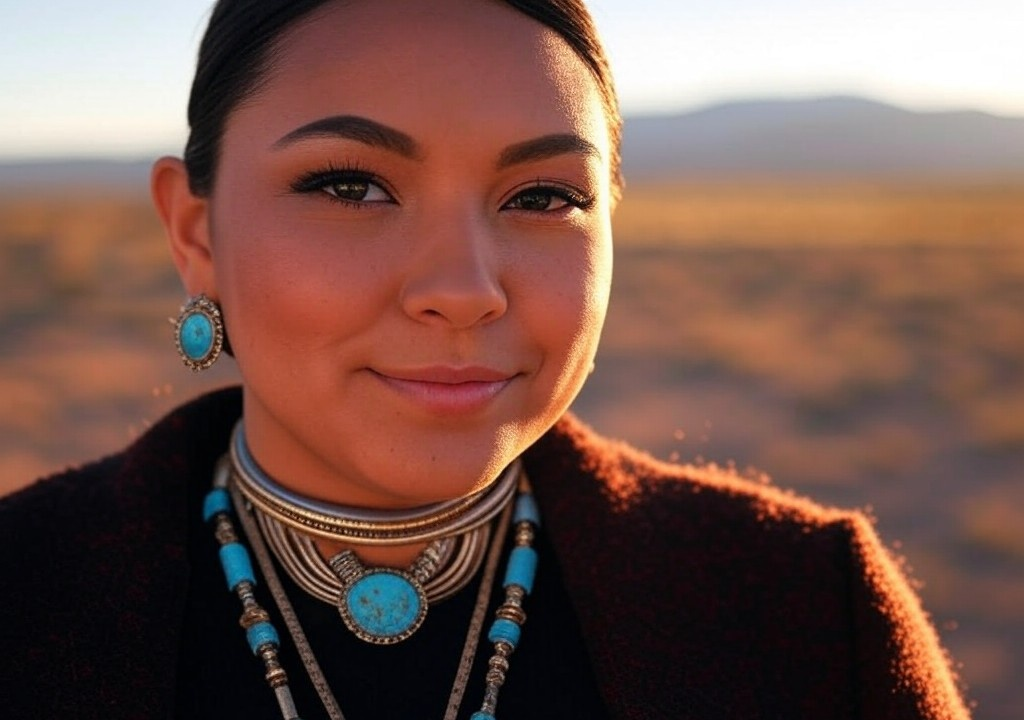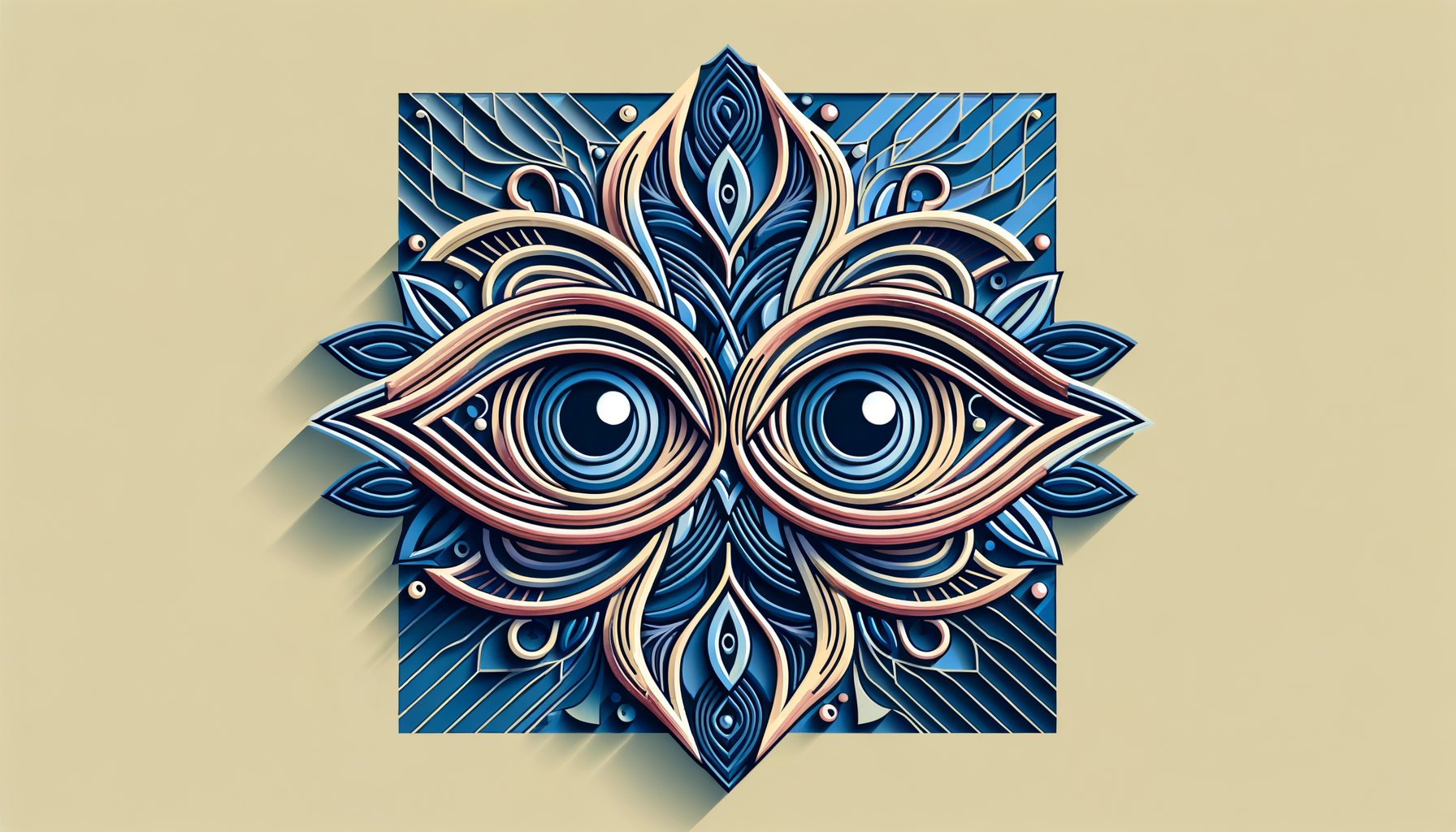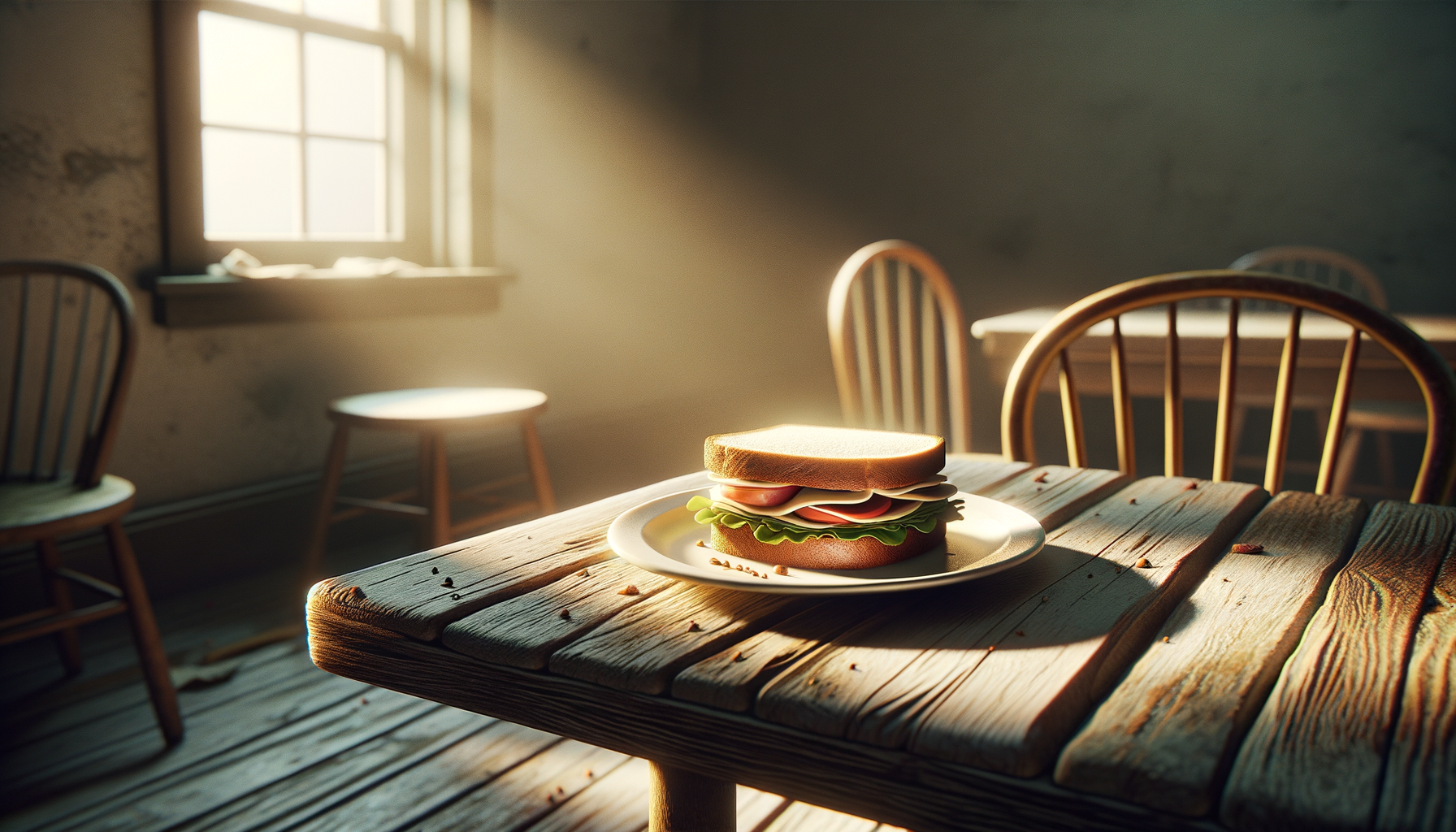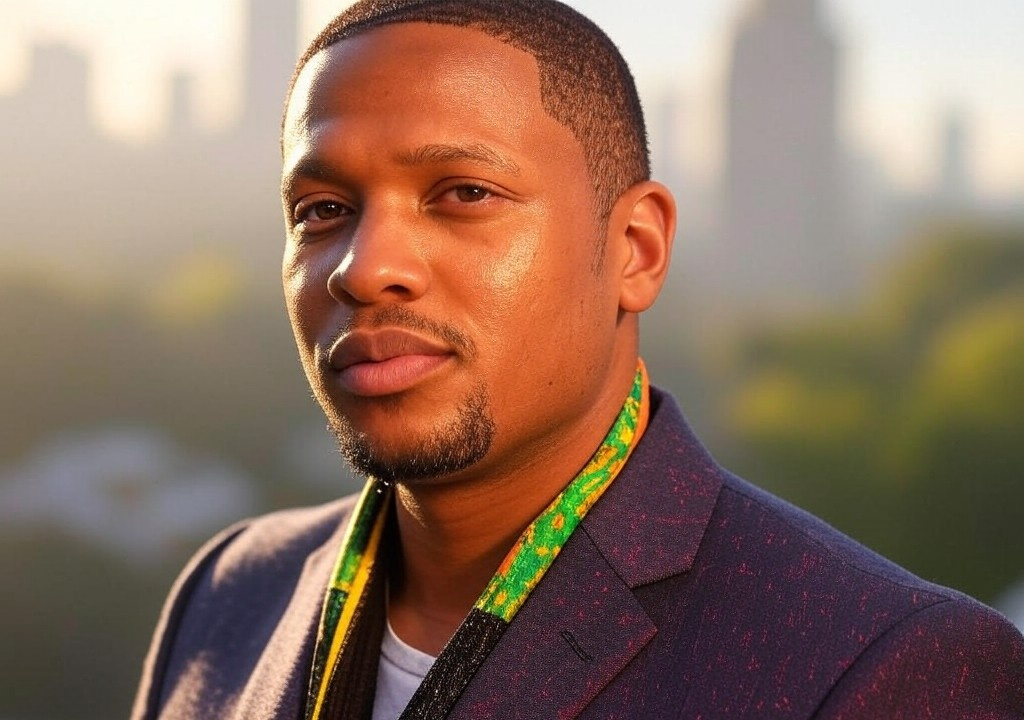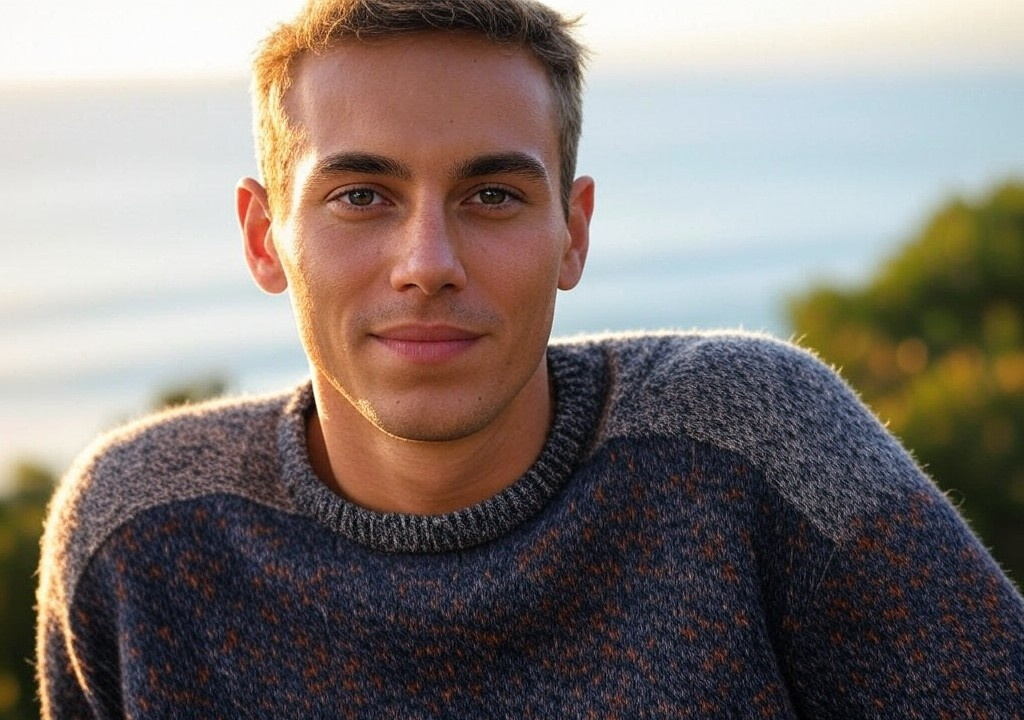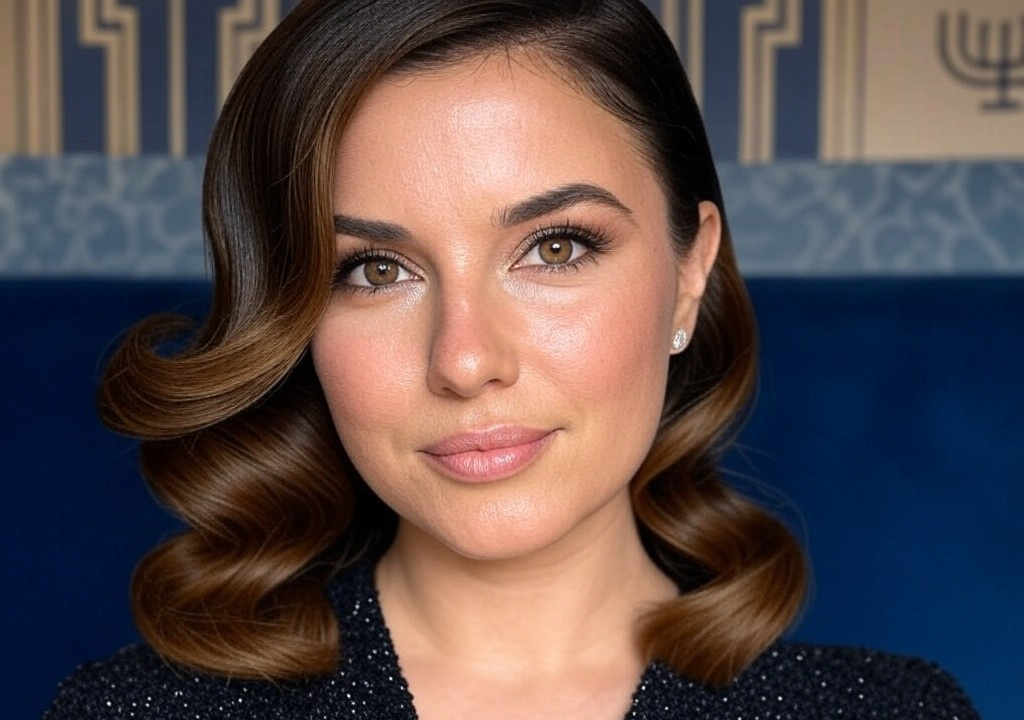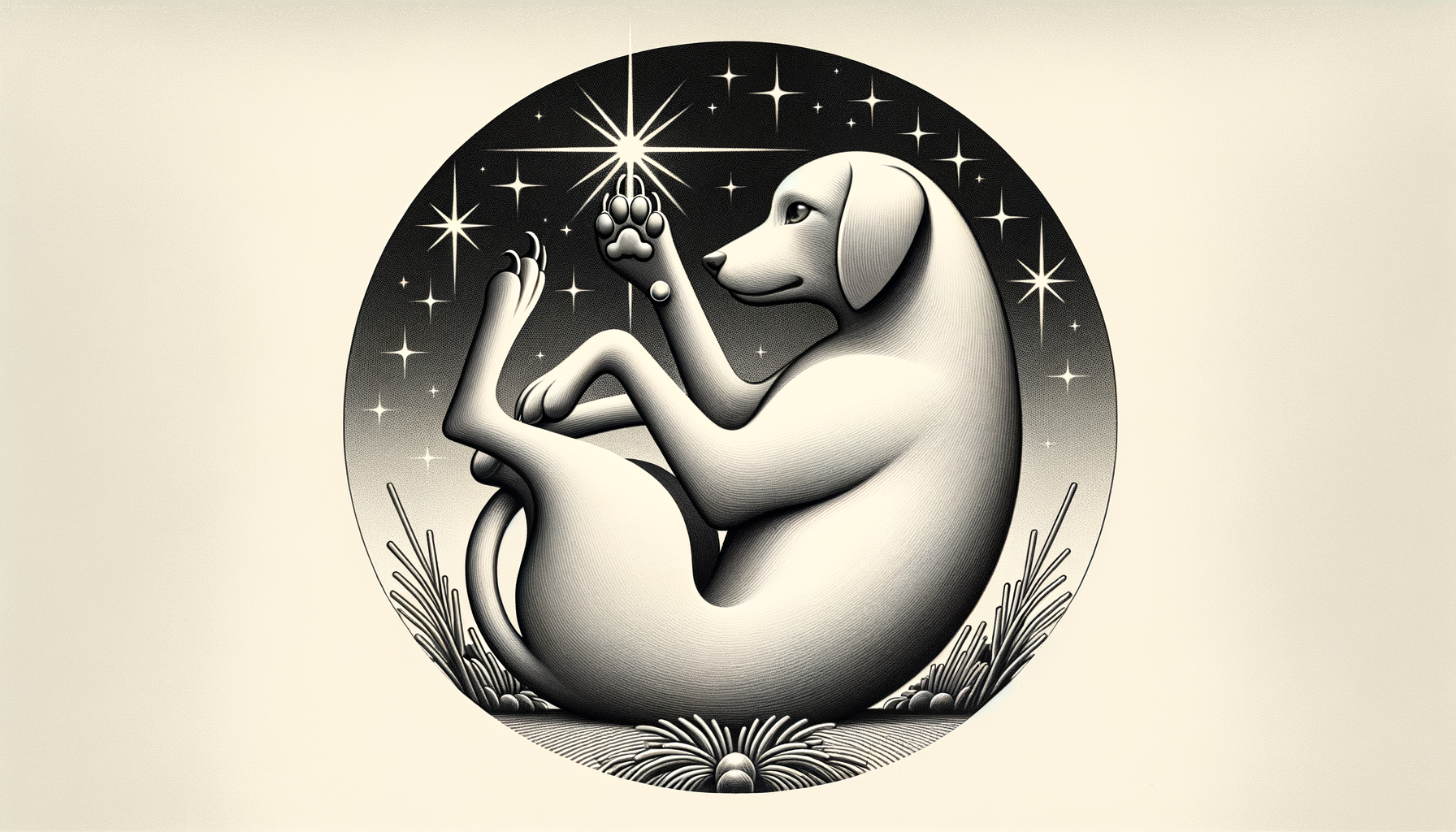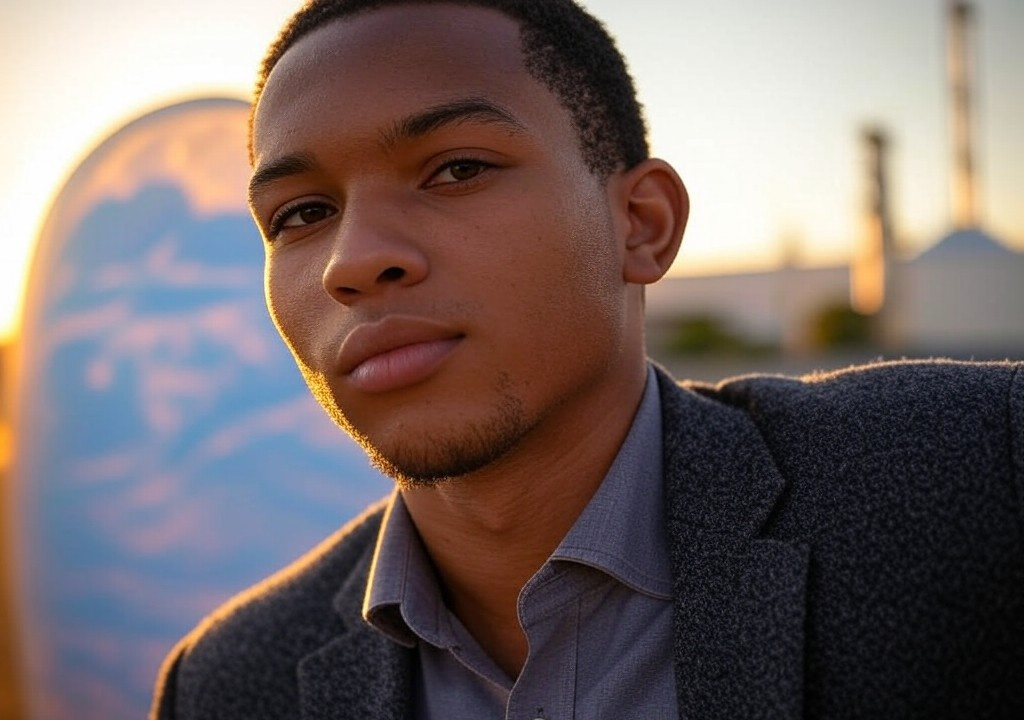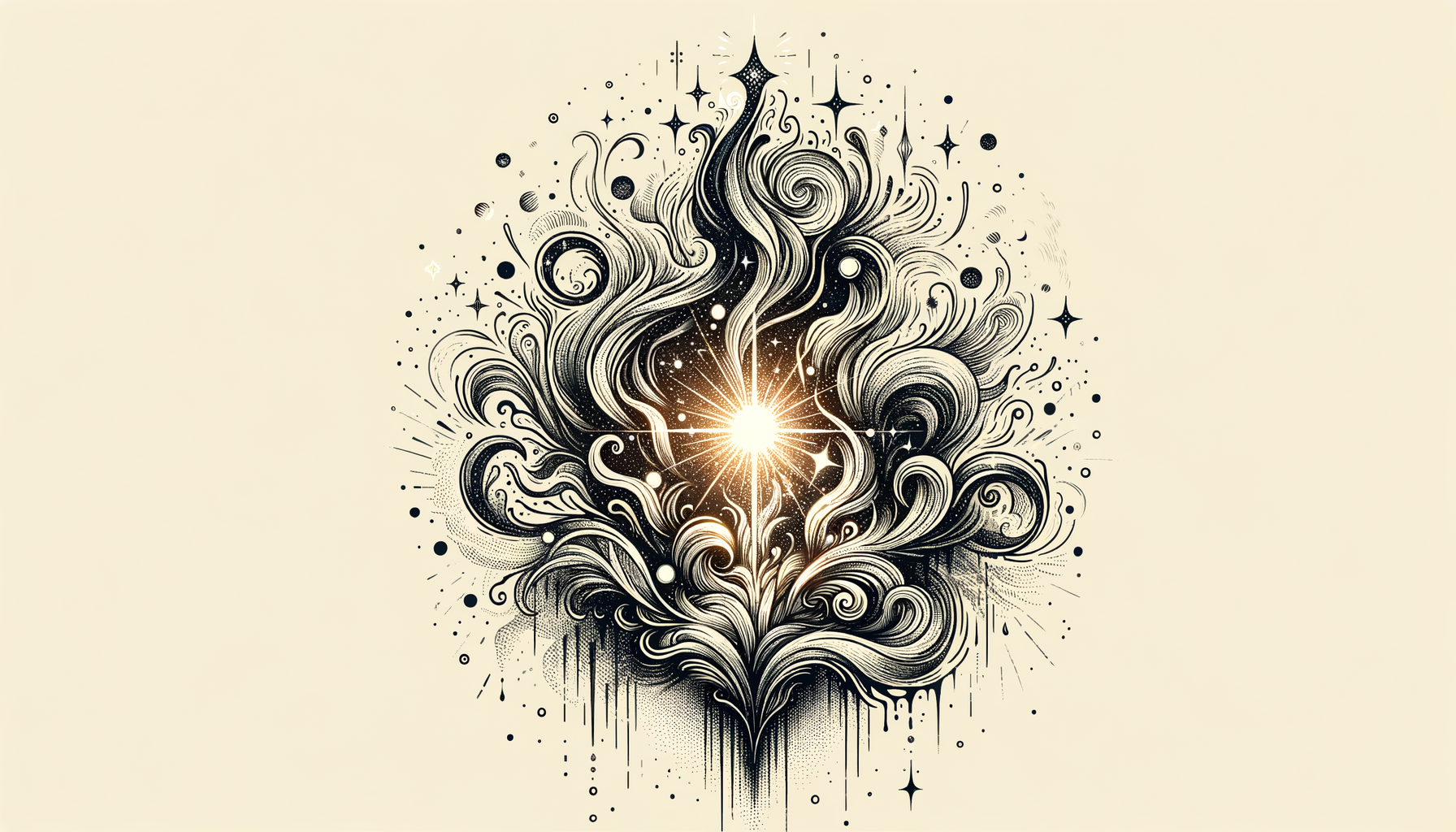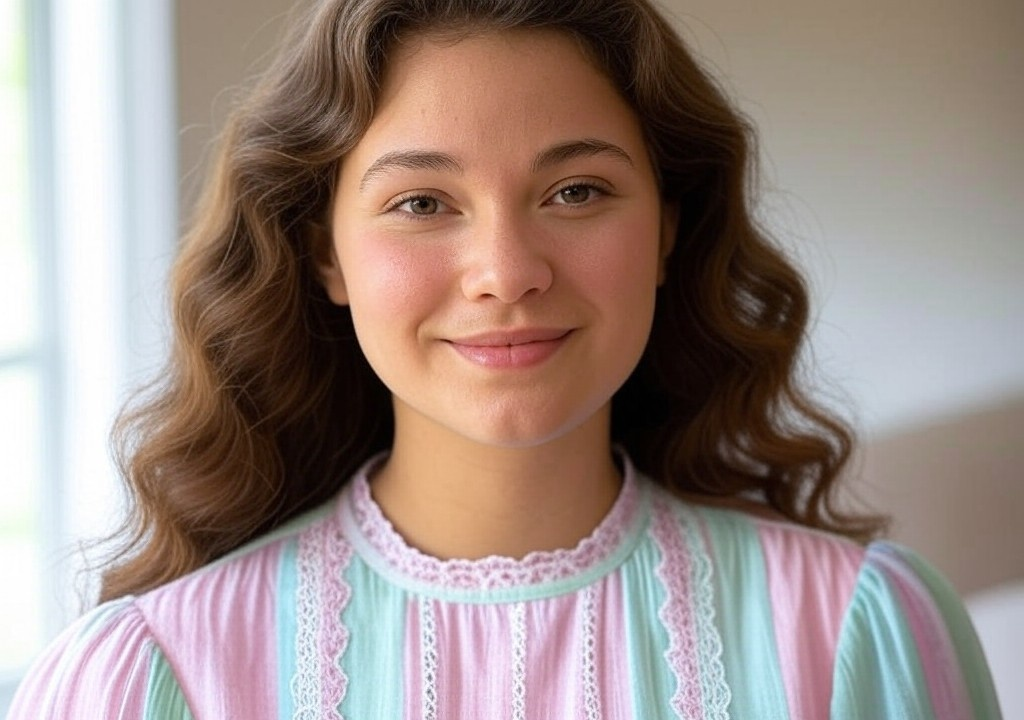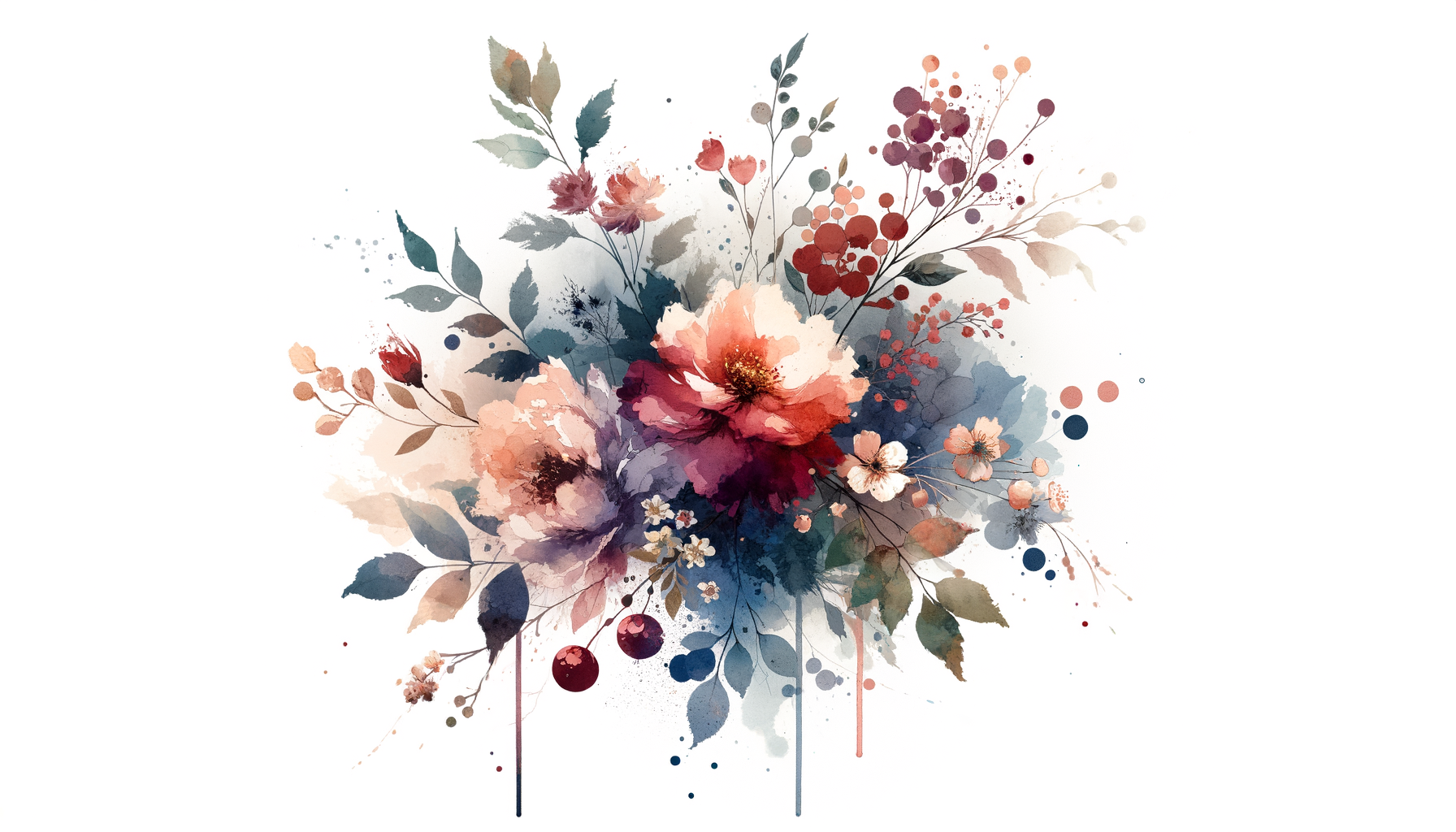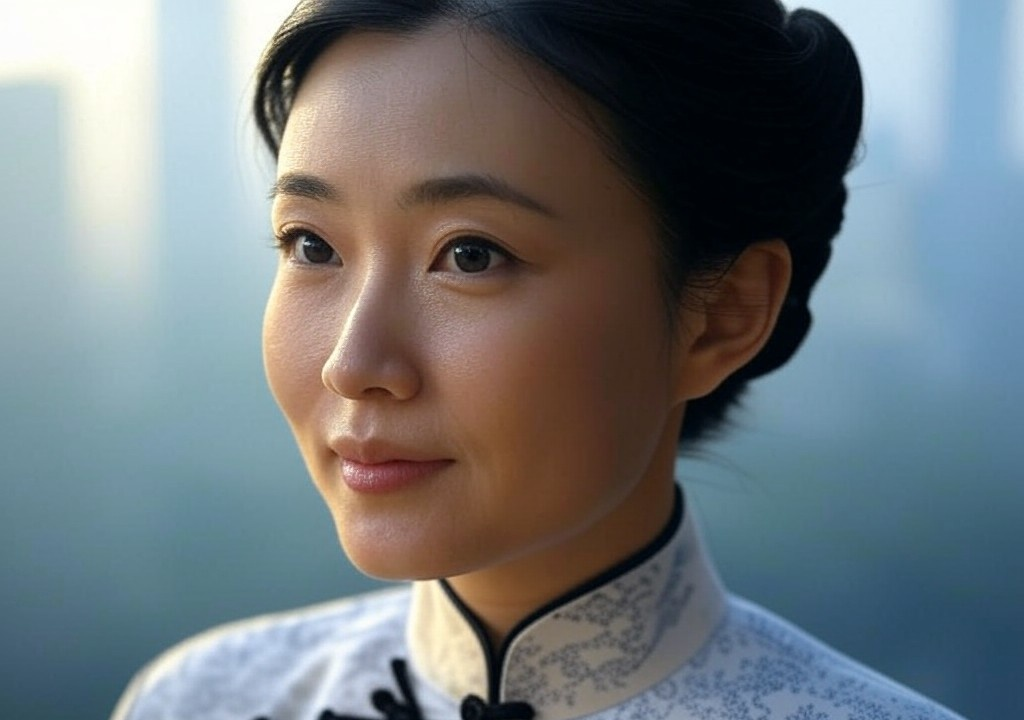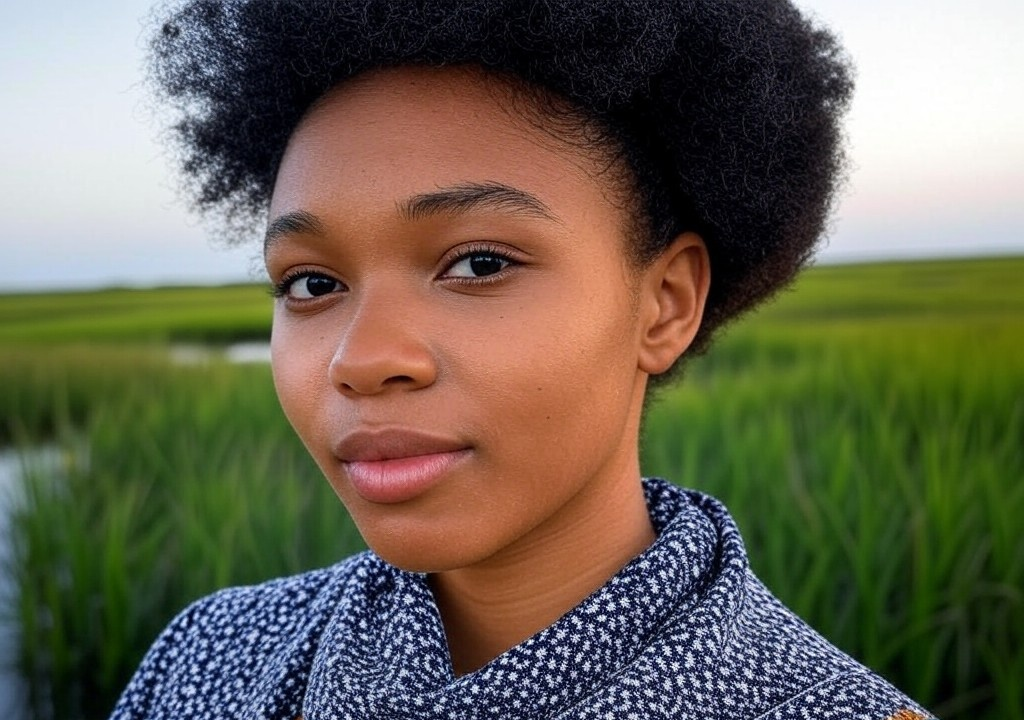The Person Who Saw Me
I was seventeen, sitting cross-legged on a red dirt mesa behind my auntie's house, picking at the fraying edges of the notebook I carried everywhere. The pages were filled with my scratchy handwriting—half-formed poems, journal entries about the boy who didn’t know I existed, and musings about the future. It was one of those long, late-summer days when desert air felt alive. The sky stretched forever, but my dreams felt small and impossible. How does a girl from a Navajo reservation even begin to imagine her way off it?
The answer came not from me, but from someone who saw what I couldn’t yet see in myself.
The Unexpected Mentor
Enter Mrs. Yazzie. She was no ordinary high school English teacher. Her lacquered bouffant was a force unto itself, and her tendency to quote Emily Dickinson at basketball games made her a local legend. But it wasn’t her flair that made her unforgettable—it was the way she zeroed in on her students like an eagle tracking prey.
One day after class, she handed back my essay, pausing for a second too long as I stood awkwardly, waiting. “Tiana,” she said in her warm, no-nonsense tone, “this is good. Really good. You know that, right?”
I mumbled something about just wanting a passing grade so my mom would stay off my back.
She tilted her head, eyes narrowing like she could see the armor I’d carefully put on—the jokes, the self-deprecation, the hiding behind sheer invisibility. And then out of nowhere, she hit me with five words that shifted my world: “Have you considered being a writer?”
Um, no, Mrs. Yazzie. No, I had not.
I didn’t think people like me could. Writers were, in my seventeen-year-old mind, old white men in tweed jackets smoking pipes in books I hadn’t read yet. Writers weren’t Navajo girls with notebooks full of bad poetry and big feelings.
But Mrs. Yazzie didn’t see what I wasn’t. She saw what I could be.
Seeing Potential Where Others Don’t
We all need a Mrs. Yazzie moment. Whether it’s in love, work, or personal growth, sometimes we get stuck in the narrative we tell ourselves: too shy, too damaged, too ordinary. And it takes someone outside our heads—someone who looks at us without the weight of our own insecurities—to reflect back who we could be.
For me, Mrs. Yazzie’s encouragement was revolutionary. It was like she handed me a mirror with just enough dust wiped off for me to catch a glimpse of what lay beneath. And in relationships? Having someone who truly sees you can be like that too—a nudge toward possibility, toward becoming the best version of yourself.
Take my friend Carly, for example. After years of only dating people who barely made an effort, she met Sam—an artist who, within weeks, noticed her habit of keeping her dreams to herself. “You’ve got these killer ideas,” Sam told her one day as she hesitated to speak up during an art co-op meeting. “Why aren’t you leading this thing?” That comment sparked something Carly didn’t even know was dimming. Today, she’s running the show.
Sometimes, the right person doesn’t just love you for who you are—they cheer for who you’re becoming.
The Power of Being Seen in All Areas of Life
We often underestimate the effects of being truly seen by someone—whether it’s a teacher, a partner, a friend, or even a stranger. It’s transformative. It inspires confidence you didn’t know you had, pushing you into spaces you’d never thought to enter. Mrs. Yazzie’s simple affirmation introduced me to a version of myself I wouldn’t have met otherwise.
It’s a lesson that sticks with me to this day: Be the person who sees others.
How? It’s not rocket science and doesn’t require stringing together sentences worthy of the next bestselling novel. Sometimes it’s as simple as pointing out a strength or potential someone doesn’t see in themselves. It might not feel groundbreaking in the moment, but trust me, small words hold big power.
Ways to Be the “Seer” for Someone Else
- Observe, Don’t Assume: Practice really seeing the person in front of you. What are they good at? What excites them, even if they don’t think it matters?
- Share What You Notice: If you admire how someone handles tough conversations or the way they light up telling stories, say so.
- Encourage Their Wildest Ideas: Sometimes people need permission to dream big—and your encouragement could be the nudge they need.
- Don’t Overthink It: Seeing someone isn’t about delivering a perfectly timed motivational speech. It’s a casual “I believe in you,” or a “You’re so good at that,” offered sincerely.
Coming Full Circle
Years after Mrs. Yazzie’s pep talk, I found myself back on the rez, visiting family. On a whim, I decided to stop by the school. There she was, still teaching, still snacking on sunflower seeds like they were the only thing keeping the sun in the sky. We'd exchanged pleasantries before I finally blurted something about how her words changed my life.
She waved it off like it was nothing. “Tiana,” she said, cracking a sunflower seed shell between her teeth, “you always had it in you. I just pointed it out.”
The thing is, being seen can feel extraordinary even for the person doing the seeing. It’s like planting seeds and later discovering the bloom.
So to anyone reading this: Be someone’s Mrs. Yazzie. Tell Carly she’s not “too much,” encourage your friend who low-key wants to open a food truck, and get excited about people’s potential. And if you’re lucky? Someone will do the same for you.
Because the truth is, being seen—really seen—isn’t just about others believing in you. It’s about learning to believe in yourself.


